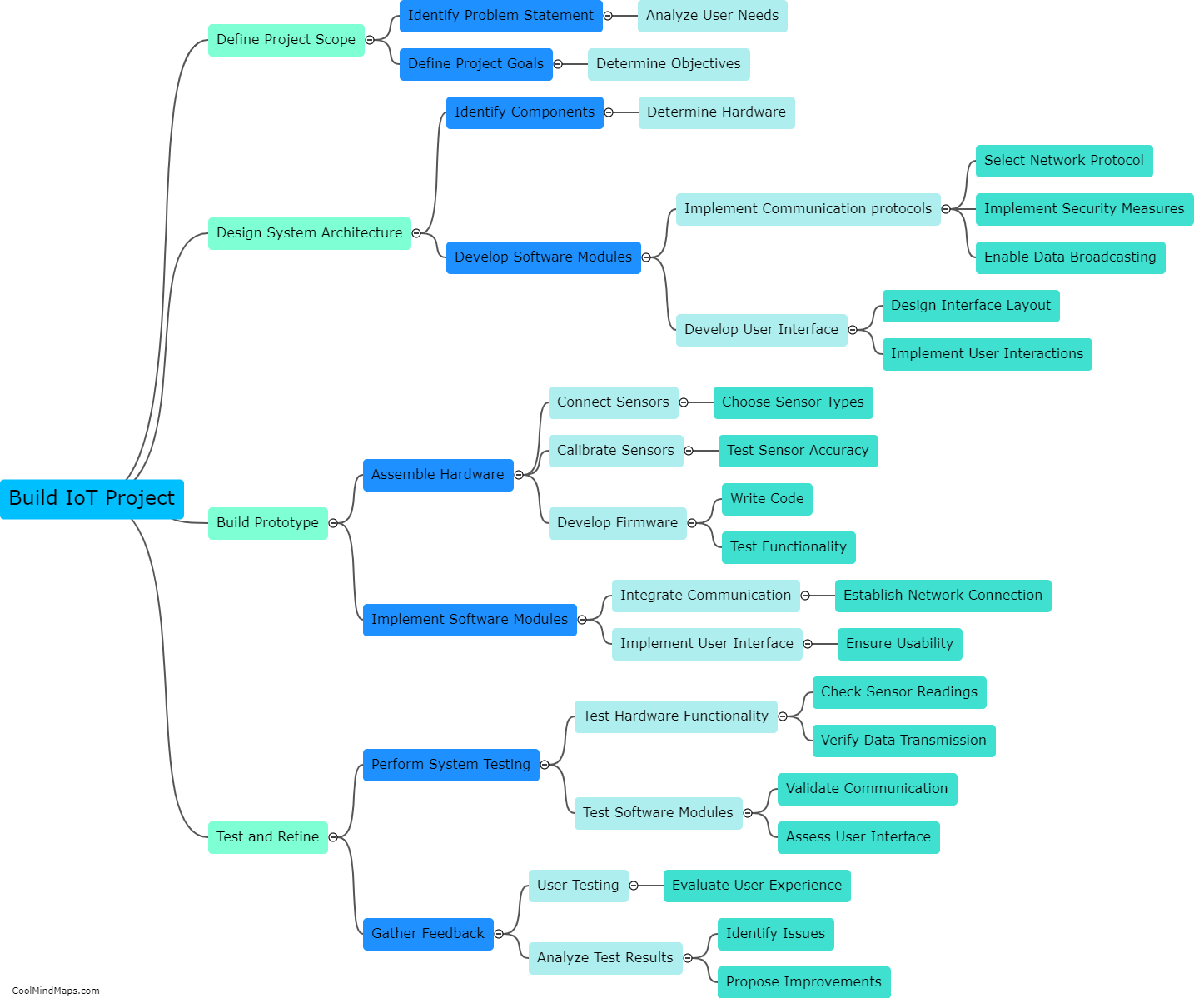How to ensure the randomness of samples in R?
In order to ensure the randomness of samples in R, it is important to use functions such as sample(), which allows for random sampling of data without replacement. Additionally, setting a seed using set.seed() can help ensure reproducibility of results by starting the random number generator at a specific point. It is also useful to check the distribution of samples using plots or statistical tests to confirm that the data is indeed random. Overall, implementing these steps can help ensure the randomness of samples in R and improve the accuracy of data analysis.

This mind map was published on 15 May 2024 and has been viewed 29 times.











